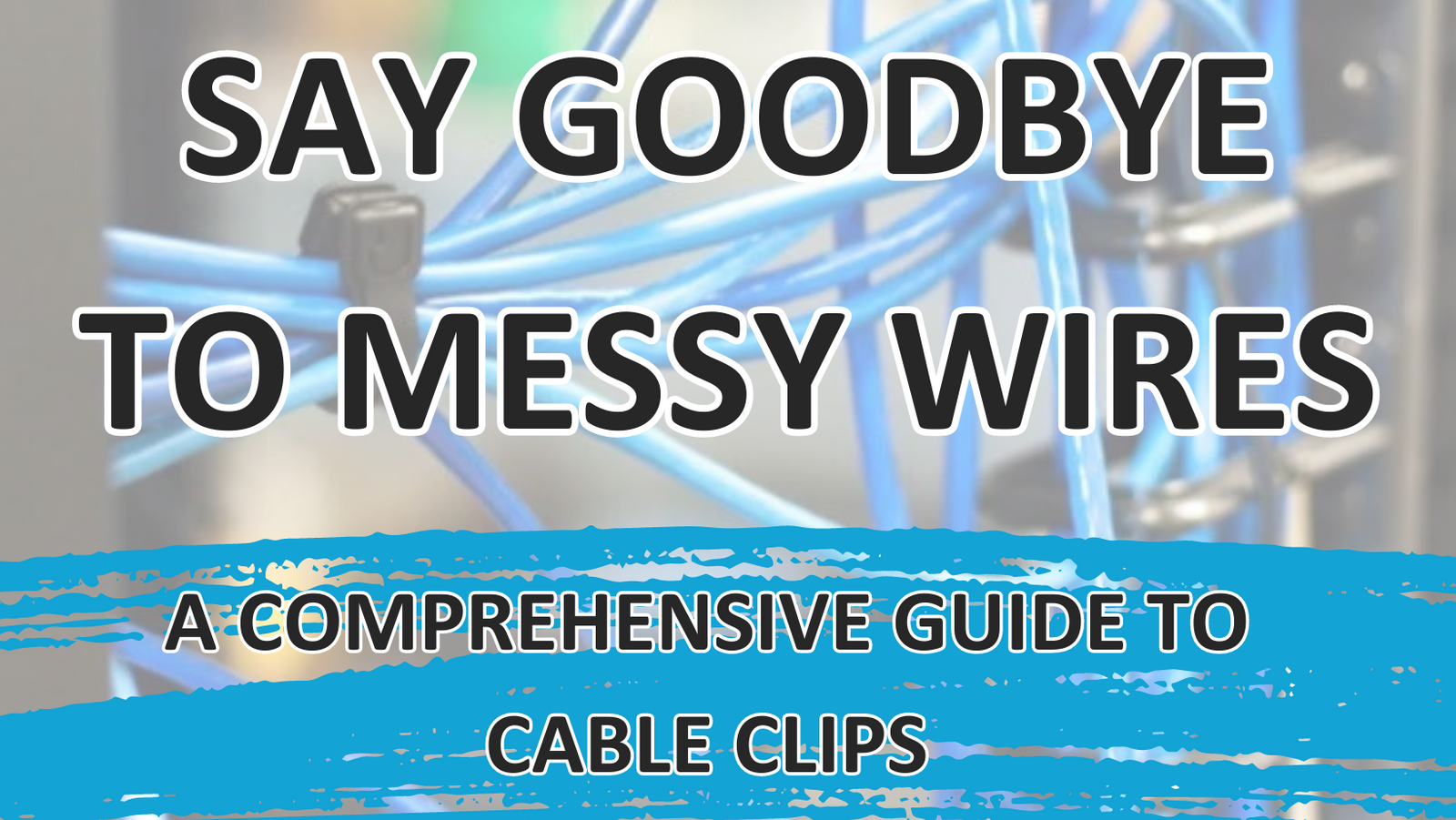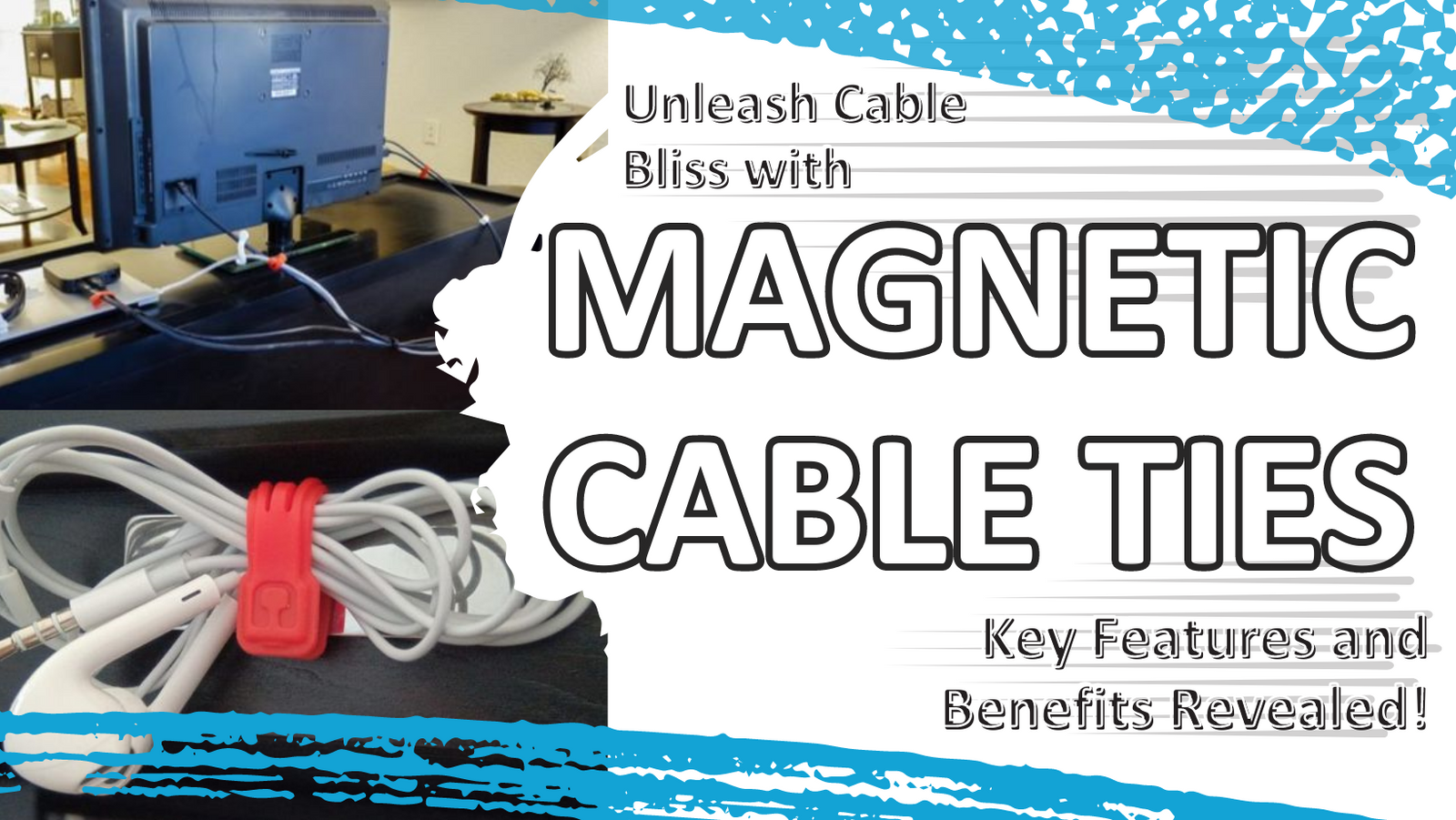- Home
- Products
- Media Gallery
- How it Works
- Blog
- About us
- Sign in
-
United States (USD $)
- Home
- Products
- Media Gallery
- How it Works
- Blog
-
About us
Creating 3D Printed Mini Silicone Injection Molds for Cloops
May 06, 2023
Revolutionizing Product Prototyping with 3D Printed Molds for Silicone Injection Molding

Welcome to our blog post on 3D printed molds used to create the popular Cloop magnetic bands. In this article, we will delve into the world of silicone molding and 3D printing, and explain how we utilized these techniques, including our mini silicone injection mold, to create high-quality, custom-made molds quickly and efficiently.
Thanks to 3D printed molds, we were able to create multiple prototypes for the Cloop magnetic bands at a fraction of the cost of traditional manufacturing techniques like injection molding. The success of the Cloop magnetic bands is a testament to the power of rapid tooling and 3D printing in modern manufacturing. In this article, we will cover the following topics:
- Traditional Silicone Molding
- 3D Printed Silicone Injection Molds

Traditional Silicone Molding🧪👨🔬
When it comes to creating a prototype or a small batch of products,, silicone🟢 molding can be a cost-effective and efficient option. This technique involves creating a mold from a master model and then pouring resin mixture into the mold to create the final product. Here are the steps involved in silicone molding:
Step 1: Create a Mold Box 📦
A mold box is necessary to contain the silicone mold material. You can create a mold box from foam core or use a pre-made box.
- Cut foam core to desired size and glue corners together with cyanoacrylate glue
- Line the inside of the mold box with mold release spray
Step 2: Create a Master Model 🎨
The master model is the original item that will be used to create the mold. You can create a master model using 3D printing or traditional manufacturing techniques.
Step 3: Prepare Silicone Mold Material 🧪
- Mix silicone molding material according to instructions provided
- Add dye to the mixture to make it easier to see when pouring into the mold box
Step 4: Pour Silicone Mold Material into Mold Box 🟢
- Pour the silicone mold material into the mold box until it covers the master model
- Allow silicone mold material to cure for recommended time
Step 5: Create Pour Holes and Vents 🔩
- Create pour holes in the mold box for resin to be poured into the mold
- Create vents to allow air to escape the mold during silicone pouring
Step 6: Mix Resin one and Pour into Mold 🎉
- Mix resin according to instructions provided
- Pour resin into the mold box through pour holes
- Allow resin to cure for recommended time
![]()
Step 7: Remove Product from Mold and Clean 💦
- Remove rubber bands holding the mold box together
- Use keys to help release the mold from the master model
- Remove the product from the mold
- Clean the mold and store for future use
3D Printed Silicone Injection Molds
As a fun fact, below was our very first prototype of Cloop using rubber bands and magnets glue to the ends.

-
Create a 3D model of your part using software like Solidworks. You can design your part from scratch, or use an existing 3D model as a basis for your design.

-
Using the 3D file, create a mold for the part using the same 3D software. This involves designing a box-like structure that can be easily open, contains a port to inject silicone and holes to allow air to exit the mold.
-
Create a bottom part and a top part for the mold. The bottom part will form the base of the mold, while the top part will be used to inject the silicone material. The top part should include a small opening for the silicone to be injected, as well as some small holes to allow air to escape.


-
Position the magnets at the end of the band in the bottom part of the mold. Below a picture that shows the location of the magnets at the end of the band.

-
Close the mold tightly. Once the mold is ready, you can inject the silicone material into the mold using a syringe or other injection tool.Typically the silicone can start curing in minutes so you want to be ready and do this part fast.
-
Cure the silicone at high temperatures (~160°F for 1 hour depending on the type of silicone used). Once the silicone is injected into the mold, it needs to be cured to set into its final shape. This can be done by heating the mold to the appropriate temperature and letting it sit for a specified amount of time.
-
If the product includes magnets, cure the silicone at lower but longer temperatures to prevent damage to the magnets. If your product includes magnets, like the Cloop magnetic bands, you may need to adjust the curing process to prevent damage to the magnets. In these cases, it is often best to cure the silicone at a lower temperature for a longer period of time to avoid damaging the magnets.
- Below a picture of the first casting using Cloop mini silicone injection mold for creating prototypes.

- Below a picture of one of the first prototypes in use, demonstrating its functionality wrapping a cable and using its cable passage.

Wrapping Up🏁👍
3D printed molds have revolutionized the way products prototypes are created, especially for small businesses and entrepreneurs. Using 3D printing technology to create molds can significantly reduce costs and speed up the prototyping process.
Leave a comment
Comments will be approved before showing up.
Also in Cloop Blog

Say Goodbye to Messy Wires: A Comprehensive Guide to Cable Clips
August 20, 2023
This article provides a comprehensive guide on cable clips, including types of cable clips, how to attach cables to a wall without nails, choosing the right size cable clip, proper cable clip installation, and references for further reading. It also includes practical tips, anecdotal evidence, and unique content to engage readers. The article aims to help readers organize their cables and improve the aesthetics and functionality of their spaces.

Supercharge Your Daily Commute: Maximize Productivity with These Game-Changing Tips
August 20, 2023
Magnetic cable ties are a convenient and efficient solution for organizing and managing cables during your daily commute. They simplify cable management, save time and effort, and offer reusability. These ties are versatile and can be used for various applications beyond cable management. They are durable, safe, and have an innovative design. In comparison to traditional cable ties, magnetic cable ties offer advantages such as reusability, adjustability, safety, versatility, durability, cost-effectiveness, and a sleek appearance. By incorporating magnetic cable ties into your daily routine, you can enhance productivity and optimize your commute experience.

Unleash Cable Bliss with Magnetic Cable Ties: Key Features and Benefits Revealed!
August 20, 2023
In this blog post, we delve into the world of magnetic cable ties and explore their remarkable features and benefits. These innovative tools offer a solution to the perennial problem of tangled cables, providing a convenient and secure way to keep your cords organized. From their strong magnets and quick lock/release mechanism to the cable passage design that ensures cables stay attached, magnetic cable ties are a game-changer. We also provide practical tips for cable bliss, such as storing cables without tangling and using zip ties effectively. Testimonials from satisfied users add a personal touch, and we offer ideas for creating your own cable oasis. Say goodbye to cable chaos and welcome a tidier and more organized life with magnetic cable ties.
Sign up to get the latest on sales, new releases and more…

